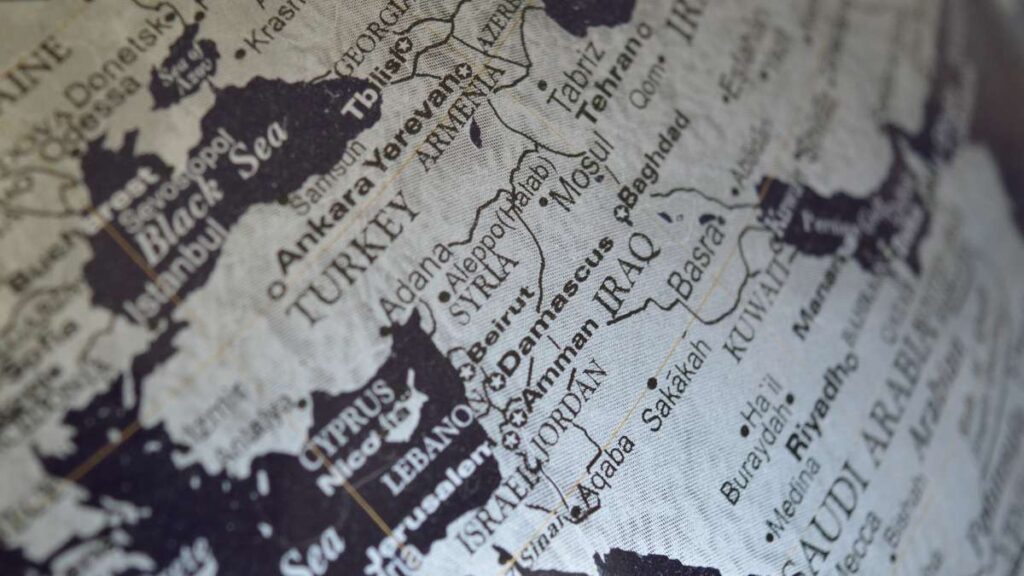By Geoffrey Cain
PRI’s The World
Apr 21, 2014
SEOUL, South Korea — Get ready. North Korea’s fourth nuclear test may be upon us.
There’s been an uptick in activity at the underground test site at Punggye-ri, in the garrison kingdom’s desolate and remote northeast, Yonhap reports. The movements could signify preparations to detonate a nuclear weapon in the run-up to President Barack Obama’s visit to South Korea, slated for Friday and Saturday.
Yonhap cited an anonymous South Korean military official, who said that American and South Korean forces have been closely monitoring the movements in the area.
It’s still unclear whether North Korea really plans to move forward with a test. The state mouthpiece has slammed the US president’s upcoming visit, describing it as a provocation.
Obama’s visit is a “reactionary and extremely dangerous act bringing the dark clouds of a nuclear arms race,” Pyongyang’s official newspaper, Rodong Sinmun, quoted a Foreign Ministry representative as saying.
“If the US continually tries to sacrifice our national profit then in the end a negative outcome would emerge for the US regime, too,” the official said, according to the newspaper.
This blustering talk comes after North and South Korea raised the military throttle in recent weeks, with the two neighbors exchanging hundreds of artillery rounds across their disputed western sea border on March 31.
That incident conjured up memories of November 2010, when the North lobbed projectiles at the South Korean island of Yeonpyeong, killing four. Front-line South Korean residents were evacuated and huddled into shelters on March 31 as a precaution.
Of course, the hermit kingdom is known for its rambunctious threats, slinging rhetorical mud whenever the United Nations ratchets up sanctions and when Washington and Seoul kick off joint military exercises each year.
But over the past month, those threats have materialized into an actual exchange of fire into the ocean and ominous talk of a “nuclear arms race.”
Experts say that North Korea, despite its limited nuclear program, is hinting at a future moment when it could place a nuclear warhead on a missile. The development would give Pyongyang more leverage in future negotiations to extract aid and cash from its neighbors.
“North Korea has a proven detonation capacity. The next step is getting the bomb shaped into a warhead that can survive the stresses of flight,” said Robert Kelly, a political science professor at Busan National University in South Korea.
Still, there’s little reason to panic. Most analysts think North Korea hasn’t mastered the technology yet to lob a nuclear-tipped inter-continental ballistic missile (ICBM), a rocket that in theory would be able to hit the US.
A few experts, however, have indicated that North Korea could be closer to achieving this technology than is widely believed. In March 2013, some Pentagon intelligence analysts estimated “with moderate confidence” that North Korea may have succeeded in developing nuclear weapons small enough to attach to missiles.
Recently, the regime has showed off its arsenal of missiles that could reach American military bases in Japan. On March 26, the regime test-fired three mid-range ballistic Rodong missiles, in violation of UN sanctions. The rockets flew off the east coast and fell into the ocean.
Detonating a test nuclear weapon, on the other hand, won’t be so easy, Kelly explains. “Testing nuclear weapons takes a lot of lead time, so I doubt these sorts of these things are spur of the moment responses to something done by South Korea,” he said.
But pretext for a nuclear test, he added, isn’t hard to come by. “Just wait long enough and you can always find some comment by US or Southern elites to function as an excuse for [North Korea’s] belligerence.”
Since 2006, North Korea has tested three nuclear devices with increasing power and sophistication. “North Korea is a nuclear power — which sucks — but they aren’t going to roll back no matter how much we beat up on them,” Kelly said.
“These tests make sense for them, and we should expect more of them.”
The article was originally published in PRI’s The World
See Also:





